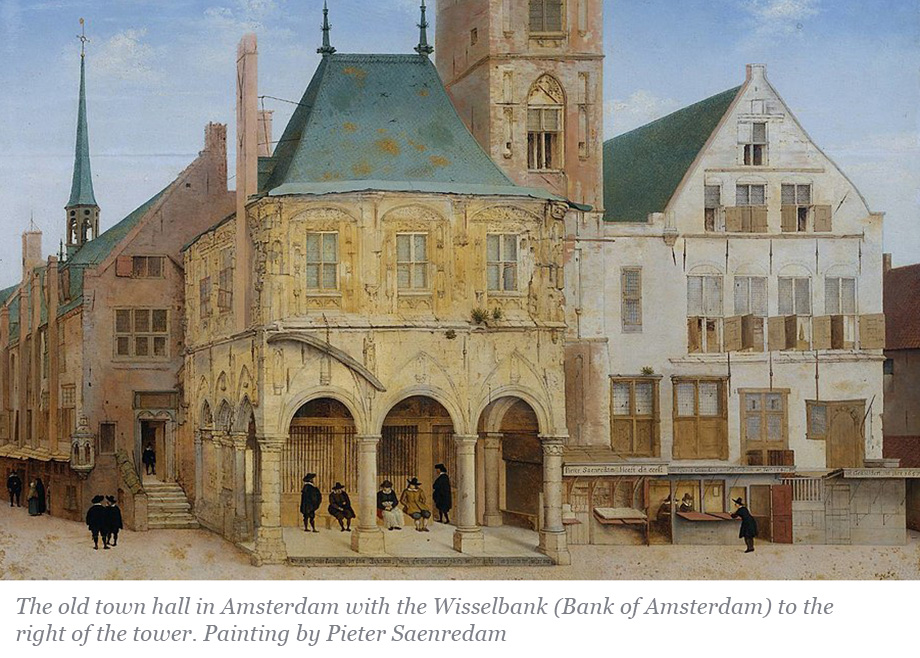Are Nonbank Financial Institutions Systemic?

Recent events have heightened awareness of systemic risk stemming from nonbank financial sectors. For example, during the COVID-19 pandemic, liquidity demand from nonbank financial entities caused a “dash for cash” in financial markets that required government support. In this post, we provide a quantitative assessment of systemic risk in the nonbank sectors. Even though these sectors have heterogeneous business models, ranging from insurance to trading and asset management, we find that their systemic risk has common variation, and this commonality has increased over time. Moreover, nonbank sectors tend to become more systemic when banking sector systemic risk increases.
The Growing Risk of Spillovers and Spillbacks in the Bank‑NBFI Nexus

Nonbank financial institutions (NBFIs) are growing, but banks support that growth via funding and liquidity insurance. The transformation of activities and risks from banks to a bank-NBFI nexus may have benefits in normal states of the world, as it may result in overall growth in (especially, credit) markets and widen access to a wide range of financial services, but the system may be disproportionately exposed to financial and economic instability when aggregate tail risk materializes. In this post, we consider the systemic implications of the observed build-up of bank-NBFI connections associated with the growth of NBFIs.
The Changing Landscape of Corporate Credit

Firms’ access to credit is a crucial determinant of their investment, employment, and overall growth decisions. While we usually think of their ability to borrow as determined by aggregate credit conditions, in reality firms have a number of markets where they can borrow, and conditions can vary across those markets. In this post, we investigate how the composition of debt instruments on U.S. firms’ balance sheets has evolved over the last twenty years.
Does Income Inequality Affect Small Firms?

The share of income going to high-income households has increased significantly in the United States in recent decades. In 1980, the average income share of earners in the top 10 percent was around 30 percent. However, by 2015, it had surpassed 45 percent. The employment share of small firms has also declined, with a decrease of approximately 5 percentage points over the same period. In this post, we use variation across states to show a correlation between these two developments, with states having the greatest increase in the upper income share also tending to be those with the biggest job creation declines in small firms compared to large firms. One explanation for this correlation is that the increase in the income share of the highest income earners reduced deposits in small and medium-size banks from what they otherwise would have been. In doing so, this shift in income reduced the available credit for small firms, putting them at a disadvantage relative to large firms.
Financial Vulnerability and Macroeconomic Fragility

What is the effect of a hike in interest rates on the economy? Building on recent research, we argue in this post that the answer to this question very much depends on how vulnerable the financial system is. We measure financial vulnerability using a novel concept—the financial stability interest rate r** (or “r-double-star”)—and show that, empirically, the economy is more sensitive to shocks when the gap between r** and current real rates is small or negative.
Financial Fragility without Banks

Proponents of narrow banking have argued that lender of last resort policies by central banks, along with deposit insurance and other government interventions in the money markets, are the primary causes of financial instability. However, as we show in this post, non-bank financial institutions (NBFIs) triggered a financial crisis in 1772 even though the financial system at that time had few banks and deposits were not insured. NBFIs profited from funding risky, longer-dated assets using cheap short-term wholesale funding and, when they eventually failed, authorities felt compelled to rescue the financial system.
Mitigating the Risk of Runs on Uninsured Deposits: the Minimum Balance at Risk

The incentives that drive bank runs have been well understood since the seminal work of Nobel laureates Douglas Diamond and Philip Dybvig (1983). When a bank is suspected to be insolvent, early withdrawers can get the full value of their deposits. If and when the bank runs out of funds, however, the bank cannot pay remaining depositors. As a result, all depositors have an incentive to run. The failures of Silicon Valley Bank and Signature Bank remind us that these incentives are still present for uninsured depositors, that is, those whose bank deposits are larger than deposit insurance limits. In this post, we discuss a policy proposal to reduce uninsured depositors’ incentives to run.
How Do Interest Rates (and Depositors) Impact Measures of Bank Value?

The rapid rise in interest rates across the yield curve has increased the broader public’s interest in the exposure embedded in bank balance sheets and in depositor behavior more generally. In this post, we consider a simple illustration of the potential impact of higher interest rates on measures of bank franchise value.
Monetary Policy Transmission and the Size of the Money Market Fund Industry: An Update

The size of the money market fund (MMF) industry co-moves with the monetary policy cycle. In a post published in 2019, we showed that this co-movement is likely due to the stronger response of MMF yields to monetary policy tightening relative to bank deposit rates, combined with MMF shares and bank deposits being close substitutes from an investor’s perspective. In this post, we update the analysis and zoom in to the current monetary policy tightening by the Federal Reserve.
Understanding the “Inconvenience” of U.S. Treasury Bonds

The U.S. Treasury market is one of the most liquid financial markets in the world, and Treasury bonds have long been considered a safe haven for global investors. It is often believed that Treasury bonds earn a “convenience yield,” in the sense that investors are willing to accept a lower yield on them compared to other investments with the same cash flows owing to Treasury bonds’ safety and liquidity. However, since the global financial crisis (GFC), long-maturity U.S. Treasury bonds have traded at a yield consistently above the interest rate swap rate of the same maturity. The emergence of the “negative swap spread” appears to suggest that Treasury bonds are “inconvenient,” at least relative to interest rate swaps. This post dives into this Treasury “inconvenience” premium and highlights the role of dealers’ balance sheet constraints in explaining it.














 RSS Feed
RSS Feed Follow Liberty Street Economics
Follow Liberty Street Economics